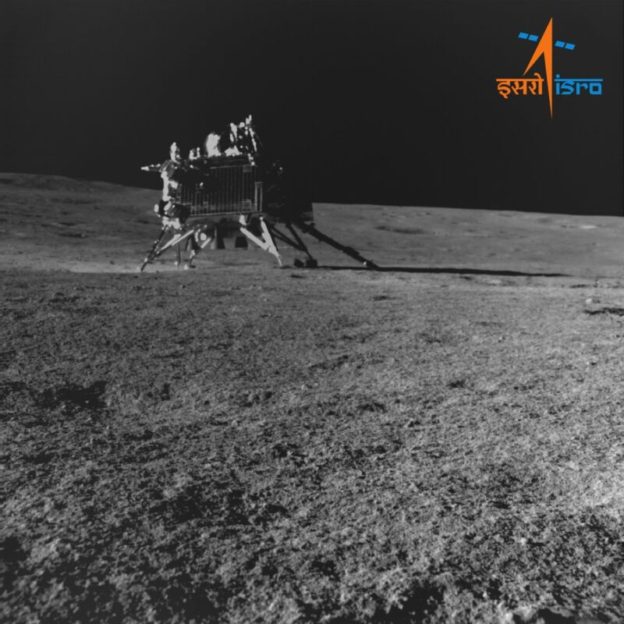It’s been more than a week since India’s Chandrayaan 3 mission landed on the Moon, and it’s a good time to assess where the world’s most populous nation stands relative to other global space powers.
The successful arrival of the Chandrayaan 3 mission’s Vikram lander on the Moon made India the first country besides China to achieve a soft landing on the lunar surface since 1976, following a series of failed landings by private organizations and India itself four years ago. And it made India just the fourth nation overall to achieve this feat.
Since the landing of Chandrayaan 3 on August 23, India has released some early findings from the lander and its mobile rover, named Pragyan, along with photos of the vehicles exploring the Moon’s alien charcoal-color landscape.
The Moon landing is just the latest in a string of successes in space for India, which has a thriving rocket program with a family of four launch vehicles, its own regional satellite navigation network, and nearly 10 years ago, sent an orbiter to Mars. If India can notch another success in its space program in the next few years, the country could become the fourth nation capable of sending its astronauts into low-Earth orbit.
India is still well behind the space programs of the United States and China, but one could argue India has moved closer to Europe and Russia, and could be on par with Japan when you take into account several factors: access to space, space exploration, military space projects, and applications like communications, navigation, and remote sensing from orbit.
Among the space powers considered here, India has the lowest human development index, a measure of social factors such as quality of life, income, and education. But its space program is a point of national pride, and Narendra Modi, India’s nationalist prime minister, has made a point to associate himself with Indian successes in space.
Those successes have come on a shoestring budget. The Indian government this year is allocating $1.52 billion to space efforts, and India developed and launched Chandrayaan 3 for less than $100 million, lower than the cost of many blockbuster Hollywood films.
“I’ve described India as a sleeping giant and one that is quickly awakening,” said Mike Gold, an attorney and space industry official who previously led NASA’s space policy office. “India is absolutely vital to global space development … since the country is active with lunar programs, Martian programs, and now even human spaceflight.”
Since the landing of Chandrayaan 3, the Indian Space Research Organization (ISRO)—India’s space agency—has released a handful of images, including a black-and-white shot of the stationary SUV-size Vikram lander taken by the Pragyan rover. There’s also a video, shown below, of the Pragyan rover rolling down the ramp from the Vikram lander in the hours after arriving on the Moon on August 23.
https://arstechnica.com/space/2023/08/where-does-indias-space-program-rank-among-global-powers/amp/





